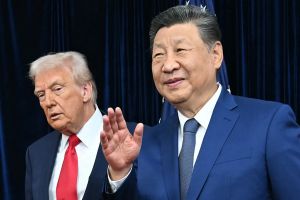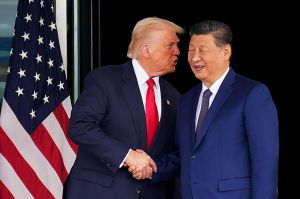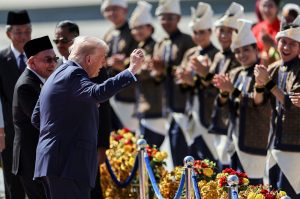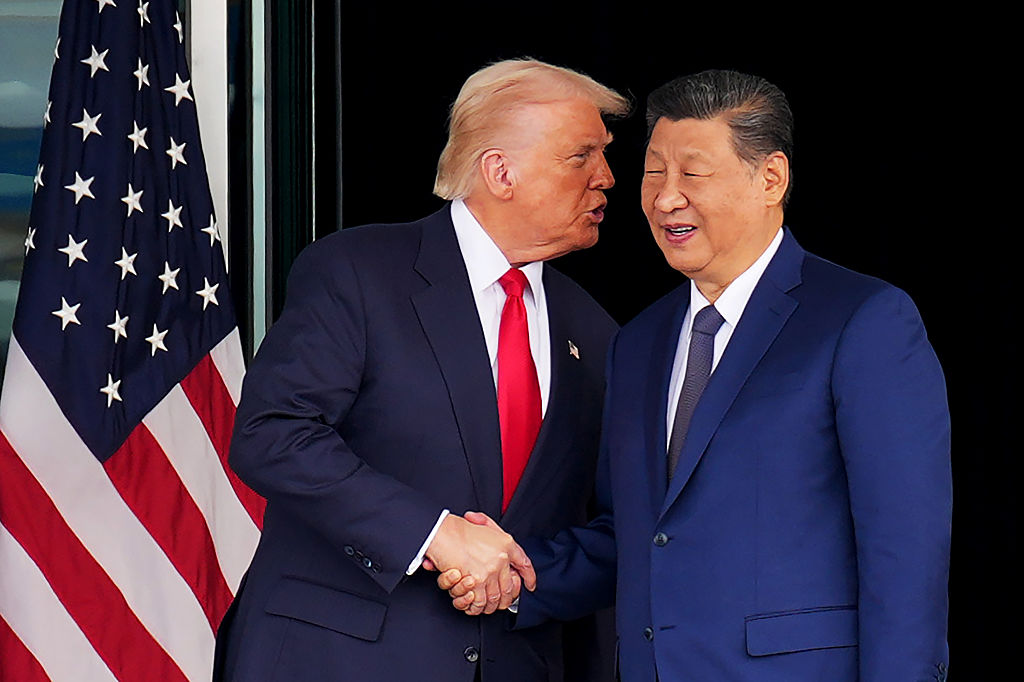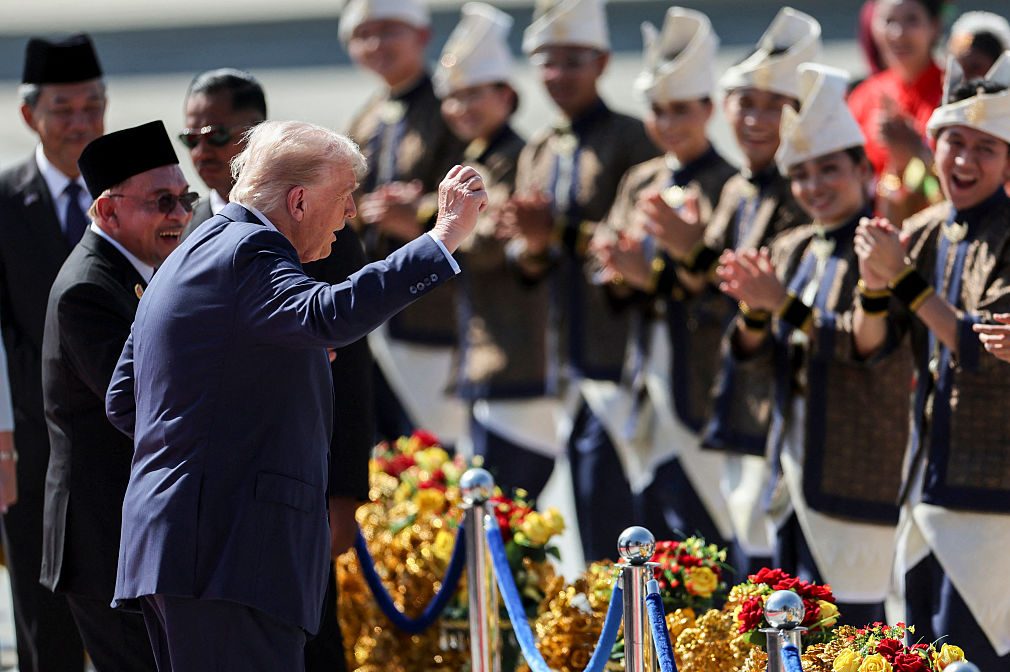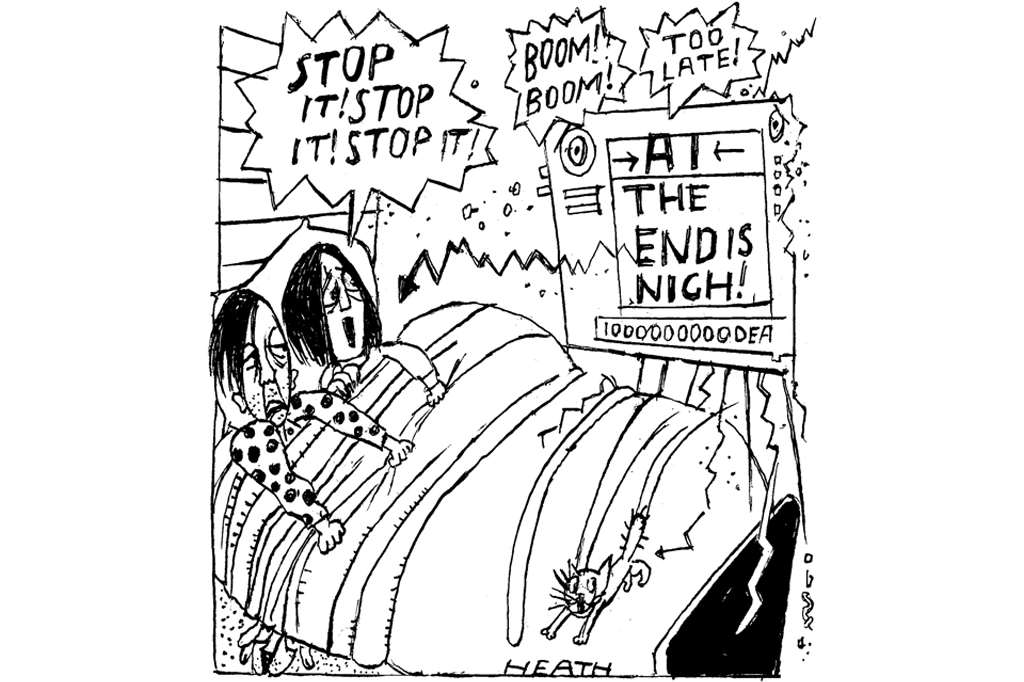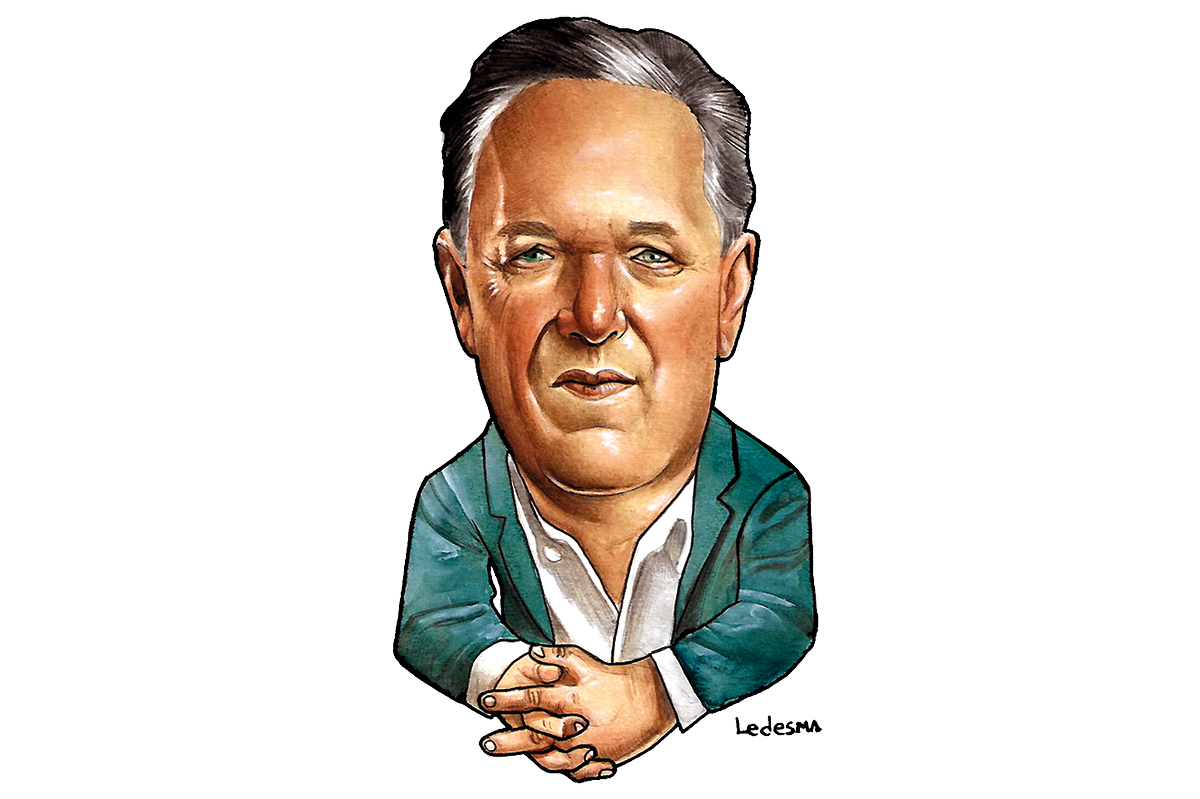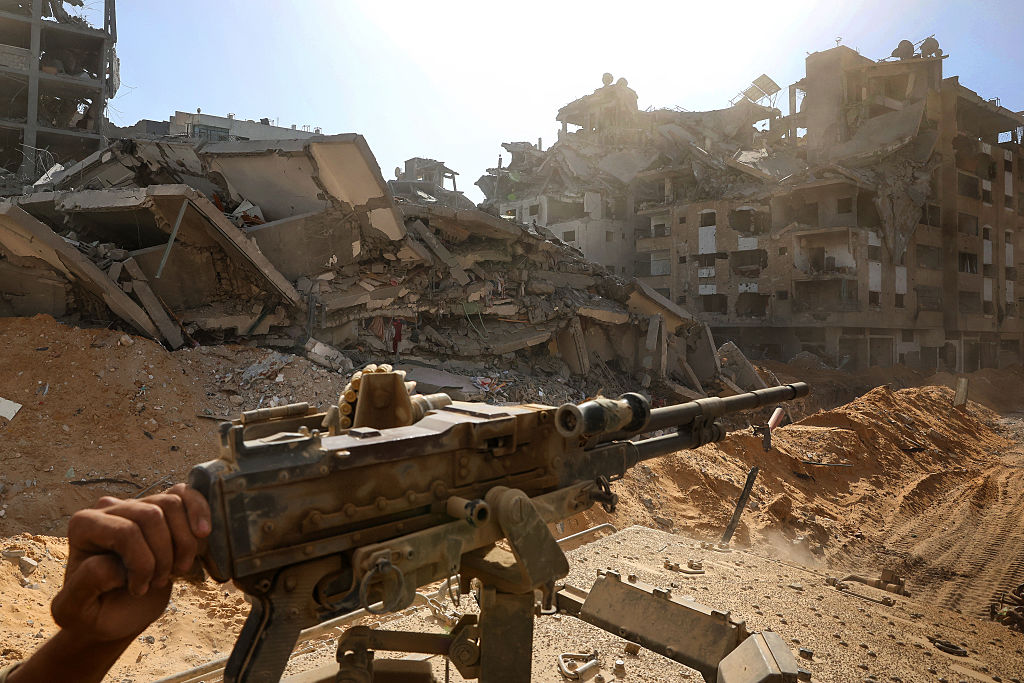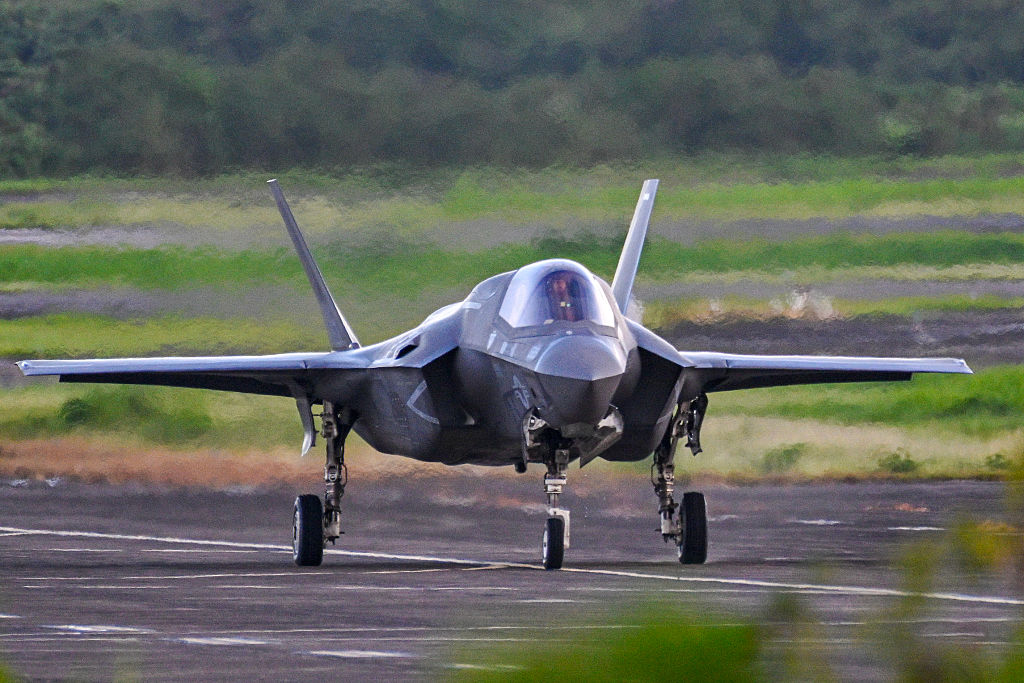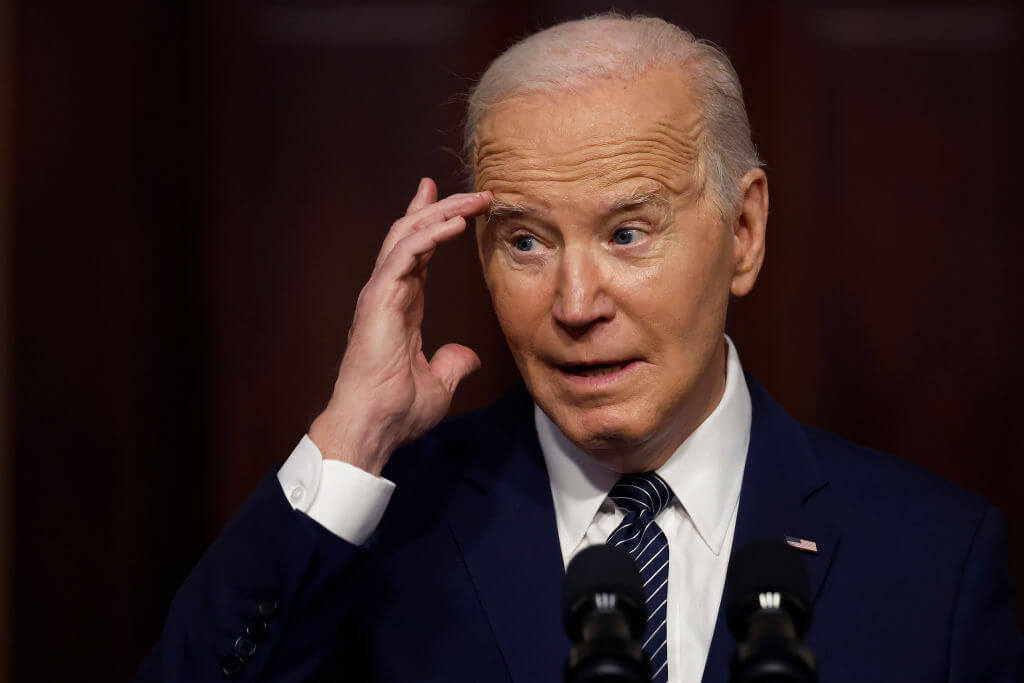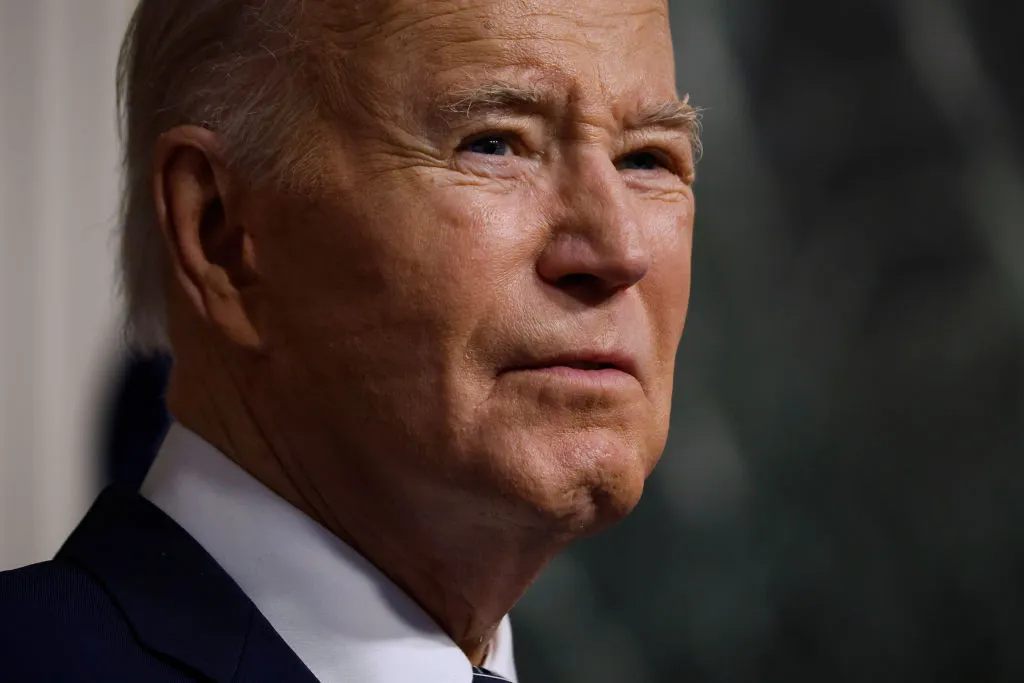It’s official: President Trump is tired of Russian President Vladimir Putin’s bloody shenanigans. While he won’t admit it, it’s likely Trump feels strung along and publicly humiliated. Every time he ends a conversation with Putin that he’s relatively pleased with, he learns a few hours later that another batch of Russian drones and missiles have slammed into Kyiv and killed more civilians.
Monday’s meeting at the White House with NATO Secretary-General Mark Rutte came after weeks in which the President was increasingly expressing his frustration, even anger, with Putin’s behavior. During the meeting Trump said yet again that he was “very unhappy” with Russia over the war in Ukraine and threatened 100 percent secondary tariffs on Russia if Putin doesn’t sign a peace deal to end the 40-month long conflict in the next 50 days. All types of US-manufactured missiles, including the Patriot systems and interceptors that were already in short supply, will now be transmitted to the Ukrainian army. This last item is particularly notable given the fact that the Pentagon paused weapons shipments earlier in the month as part of a department-wide review of US munitions stockpiles.
With these latest changes, Trump’s Ukraine policy is moving closer to Joe Biden’s, an ironic development when you consider how many times Trump-the-candidate bashed Biden’s stewardship of the war during the 2024 campaign. Apparently Trump-the-president has come to an altogether different conclusion: the only way this war will end in a deal is by throwing more pressure, not less, at the Russians. The carrots Trump dangled in front of Putin’s face are now being replaced with pointy sticks – not to mention icier language. “My conversations with him are very pleasant, and then the missiles go off at night,” Trump said, referencing his conversations with Putin so far. “He fooled Clinton, Bush, Obama, Biden – he didn’t fool me.”
Will any of this make a difference to the war, though? Amid everything that has been written over the last few weeks about Trump’s supposed 180-degree turn on Putin, there is a surprisingly little attention to this big question.
In the short-term, the answer is yes. More air defense interceptors in Ukrainian hands will obviously provide Kyiv with a stronger ability to shoot down the ballistic and cruise missiles the Russians are lobbing into the country. Depending on the scale of the weapons packages and whether the Trump administration will request another supplemental from Congress like Biden did (twice), the Russian army will have a tougher job moving the massive frontline further west.
Yet these would all be tactical changes, not strategic ones. The issue isn’t whether more American weapons and sanctions will complicate things for Putin, but whether the combination convinces him that Russia’s interests are better served negotiating with the Ukrainians rather than fighting them.
We’ve stress-tested this theory before, and it failed. Biden, after all, sent more than $60 billion in arms to Ukraine, organized a Western-led global sanctions apparatus against some of Moscow’s most profitable industries (such as crude oil and natural gas) and essentially outsourced US foreign policy on the war to Ukrainian President Volodymyr Zelensky in a bid to increase the amount of chips Ukraine could bring to the table once negotiations commenced. However, all of this assistance merely cemented the preconceived notion in Putin’s mind that the collective West was out to constrain, if not diminish, Russian power globally. Putin responded by doubling down on his policy, not aligning it with the West’s preferences.
Every time Putin’s back has been against the wall, his instinct was to bash through it rather than capitulate. We saw this most dramatically during the opening months of the war, when the Russian army’s clumsy, abysmal offensive in Kyiv was beaten back by Ukrainian forces. Putin responded not by cutting his losses and ending his war of choice, but instead re-focusing his efforts on eastern Ukraine and re-aligning his resources. In the fall of 2022, when the Ukrainian army captured wide swaths of Kharkiv and the city center in Kherson, Putin acted by kicking away the negotiating table as if it was a dusty old piece of furniture. He ordered a partial mobilization of 300,000 men to plug holes at the front and organize a counter-offensive that killed off whatever momentum the Ukrainians had at the time.
Are we to believe more US weapons and sanctions will coerce Putin into behaving any differently than he did during those two prior occasions? Anything is possible, and with his announcement Monday, Trump is certainly hoping history won’t repeat itself. Yet given everything we know about the Russian leader and his conduct over the last three years, it’s likely Trump is setting himself up for disappointment – all the while turning what he often calls “Biden’s war” into his own.










